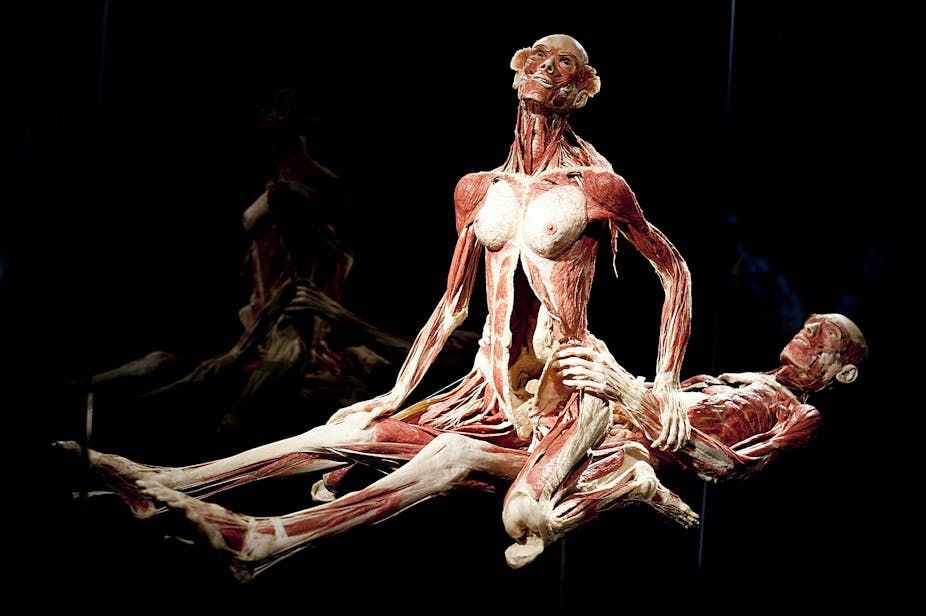When art and science come together, the relationship tends to be uneven, and too often art becomes the unintended junior partner.
As researchers working at the interface between art and science, we have experienced first-hand some potent accusations from artists. Often, they feel their work is dismissed by scientists as being merely a vehicle for promoting, or sugar-coating, scientists’ work.
And that’s when artists and scientists come together at all, that is, which isn’t often.
Generally, the results of art-science collaborations tend to be unusual, often beautiful artworks, inspired and/or facilitated by scientific tools.
There’s no question this is good stuff. But it’s easy to see how this could be characterised, even denigrated, as art just doing something for science by making it look more approachable, and perhaps less remote, from everyday life: art serving science, if you will.
Art certainly offers indirect, positive benefits in science-focused situations, for example acting as a catalyst for greater public interaction.
Our own research, which looked at art-environment dialogues in rural communities along the Murray-Darling Basin, was a case in point.
Once more though, this can be construed as art working for science.
Science has done things for art, too, of course. Our Murray-Darling project featured many artworks inspired by interactions between artists and scientists. The discoveries and innovations of science have been expanding the artistic toolkit for centuries.
Once more though, this tends to frame relationships as less about collaboration, more about service.
Is this unreasonable? Looking at art and science superficially, it is not immediately clear how they are even similar, better yet how they might move from service to synergy.
In the day-to-day life of many, art and science can seem equally mysterious, and equally irrelevant.
But the two are closer kin than they seem at this first glance. Both have complex processes that are not visible – and therefore not fully apparent – to an outsider presented with the finished product.
Both disciplines can involve pushing technological and intellectual boundaries to their limits.
A “simple” photograph, like a “basic” science fact, requires experience, creativity, resources and patient dedication.
This single composition may take months to set-up and enormous creative and technical effort to capture and exhibit. This is rarely obvious when all you see is the result framed on a wall.
In science, some of the most elegant, world-changing discoveries can be presented on a single page. But that page probably represents the culmination of the creativity, expertise and protracted labour of many people.
But while these similarities are interesting, what’s more exciting is when art and science combine to create, discover or inspire new knowledge in ways that working in isolation would not.
A couple of examples.
A professional artist working with physicists recently told us how he found a spot in the physicists’ lab in which his digital camera could not take pictures.
This was apparently caused by side-effects from the placement and outputs of the scientific equipment. Without his photographic exploration of the lab space, the scientists would never have been aware of this.
More excitingly, the photographer Charles Tambiah (one of the two authors writing this piece), provided scientists with insights into their geological samples that they had never noticed before.
His focus on aesthetics, rather than data, created images that captured the scientists’ eyes in ways their standard laboratory images never had.
In both these cases, there was a synergy between artist and scientist such that new discoveries came about in ways that otherwise wouldn’t have happened.
These are modest examples, but there don’t seem to be many out there yet to discuss. We assume this is because such collaborations are still uncommon, or, if they aren’t, they’re not being widely communicated.
We hope to inspire those in the arts and the sciences to consider how collaborations could be of genuine, mutual benefit, and to encourage those with similar stories to share them with us.
And if you’re an artist or a scientist sitting there thinking: “This is all just dandy, but collaborating with them wouldn’t help my work”, we reckon you’re just the kind of person who might gain the most.

